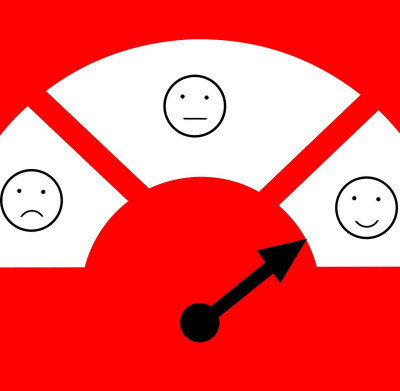Deploying an Unexpectedly Powerful Tool in Public Relations: Empathy

Public relations and communications professionals have many skills in our toolboxes that we develop and refine over our careers. One of the most important—and one of the least discussed—is the power of empathy. It could be called a skill sharpener because it can make every other tool we deploy more effective.
Seeing the world from the point of view of others, even those we passionately disagree with, is essential to every aspect of communications: writing, editing, working with media, crisis communications, and even collaborating with our colleagues and supporting our clients.
Writing and editing require us to put ourselves in the position of the reader. As we write, it is essential to think about how words will look, sound, and feel to someone else. Is the writing clear and readable, even for someone who isn’t familiar with the subject? Does it set the right tone and pace for what you want to accomplish? Good writing comes not just from picking the right words and structure, but from stepping back and reacting to the words as a reader coming to it the first time. It requires checking your own reactions as you read, write, and review from a place of empathy.
Media pitching can be much more effective if you have an in-depth understanding of the journalist’s viewpoint, including insight into how news organizations work. Thinking about your audience for pitching can be like a funhouse mirror because you must consider the reporter’s point of view as well as the viewpoint of their audience and the perspective of the editors that the journalist certainly has in mind in deciding what to cover—or not. When planning a pitch, keep in mind what it’s like for a reporter to be on the receiving end of dozens or even hundreds of pitches a day. Empathy and some research into the reporter’s beat can help you highlight what’s in your organization’s or your client’s interest that is valuable to the reporter and their readers.
Crisis communications should start with putting yourself in the shoes of the intended audience. A wise communicator once told me that in a crisis you should remember words attributed to Teddy Roosevelt, “No one cares how much you know, until they know how much you care.” The first step in communicating in a crisis is understanding and acknowledging the pain or difficulty that other people are experiencing due to the crisis. (Recall, for example, the BP oil company CEO who memorably complained, “I want my life back,” in the aftermath of the massive 2010 oil spill that killed 11 workers and destroyed the livelihoods of countless Louisianans’ who relied on tourism and fishing for a living.) Without that first attempt at empathy, no one cares what you have to say.
Empathy also makes you a better colleague, consultant, and client. It is easier to understand the views of people you work with if you’ve been on multiple sides of these relationships. Even if you haven’t experienced it all, it is important to ask sensitive questions and listen carefully to the answers. Remembering what it was like to be new to a job or just learning a field, or trying to understand the pressures your colleagues or bosses are under, can go a long way in building relationships. Recognizing others’ desires to be recognized and understanding the full scope of all the demands that your clients face make everyone happier and more effective.
Developing empathy takes self-awareness and an effort to deliberately seek and understand other viewpoints. Watching and reading news that presents opinions opposing your own can be disconcerting, uncomfortable, and even painful. Persuasion theory, and our experience in the current pandemic, tells us that bombarding people with facts doesn’t change minds. Asking questions, listening, and sharing are the more effective first steps.




